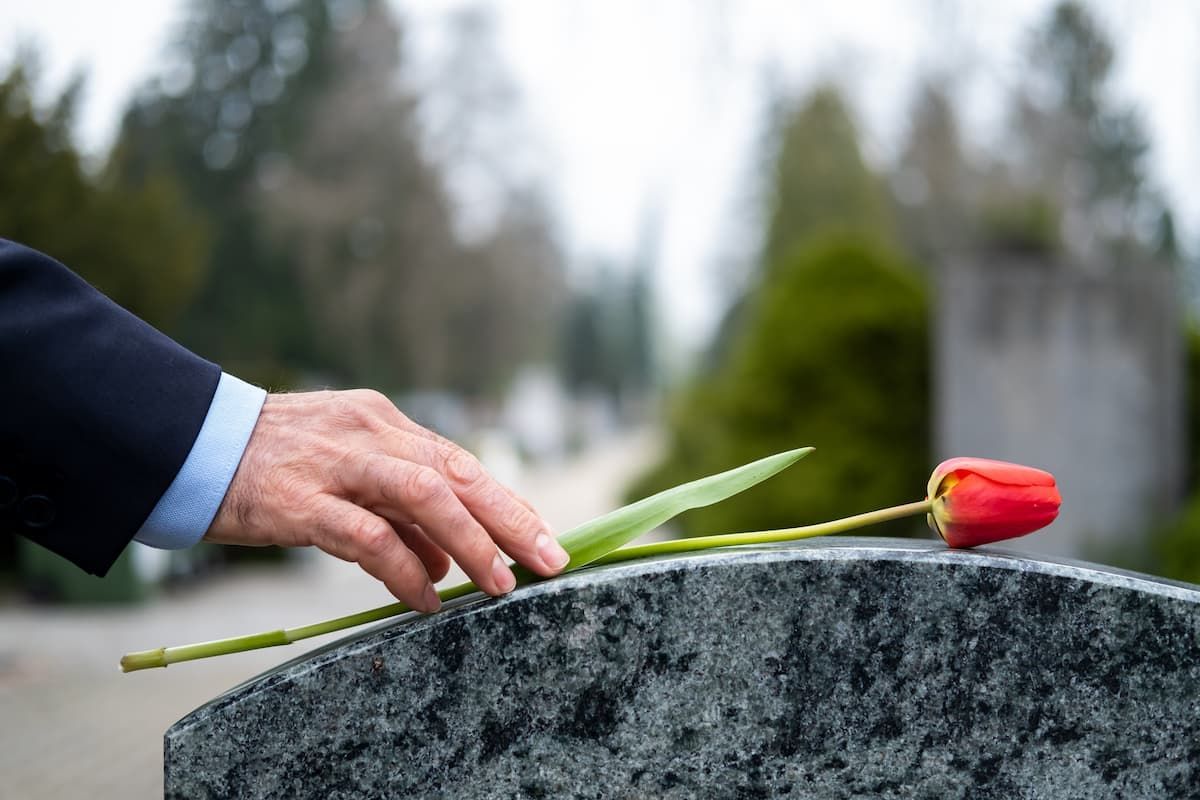Embracing tradition in a digital age: The role of technology in funerals

In an era defined by technological innovation, it's no surprise that even the most traditional aspects of life, such as funerals, are undergoing a digital transformation. While the core essence of honoring and remembering loved ones remains unchanged, technology is reshaping the way we approach funeral services, offering new avenues for connection, commemoration, and healing.
Live-Streaming Services: One of the most significant impacts of technology on funerals is the ability to live-stream services. With live-streaming, friends and family members who are unable to attend in person due to distance, illness, or other reasons can still participate in the ceremony remotely. Whether it's a funeral service or memorial gathering, live-streaming allows loved ones to be present virtually, offering comfort and closure during difficult times.
Virtual Memorials and Online Tributes: Beyond live-streaming, technology enables the creation of virtual memorials and online tributes. These digital platforms serve as spaces where friends and family members can share memories, photos, and stories of the deceased. From social media memorial pages to dedicated websites and digital guest books, these online tributes provide a lasting legacy that can be accessed and revisited by loved ones for years to come.
Digital Keepsakes and Memorabilia: Technology also offers innovative ways to preserve and cherish memories of the departed. From digital photo albums and video montages to personalized memorial websites and tribute videos, these digital keepsakes allow families to celebrate the life of their loved one in a meaningful and creative way. Additionally, advancements in 3D printing technology even enable the creation of custom urns and memorial jewelry, providing unique and personalized mementos that honor the memory of the deceased.
Enhanced Communication and Support: In times of grief, communication and support are crucial. Technology facilitates communication among grieving family members and friends, enabling them to stay connected and provide mutual support throughout the grieving process. Whether it's through group chats, video calls, or online support forums, technology offers avenues for sharing emotions, offering condolences, and seeking comfort from others who understand their loss.
Digital Funeral Planning and Arrangements: In the realm of funeral planning and arrangements, technology streamlines processes and enhances convenience for both funeral homes and families. Online platforms and mobile apps allow individuals to pre-plan their funerals, make arrangements, and even purchase funeral merchandise from the comfort of their homes. These digital tools simplify the logistics of funeral planning while empowering individuals to make informed decisions about their end-of-life wishes.
While the rituals and traditions surrounding funerals remain deeply rooted in our cultural fabric, technology has undeniably become an integral part of the funeral experience. From live-streaming services to virtual memorials and digital keepsakes, technology offers innovative ways to honor, remember, and celebrate the lives of our loved ones. By embracing these technological advancements, we can enhance the funeral experience, foster connections, and provide comfort and support to those who are grieving.








